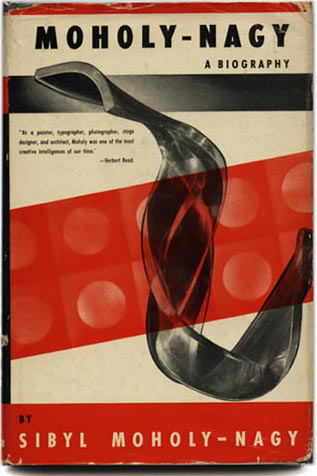Renzo Dubbini: Geography of the Gaze: Urban and Rural Vision in Early Modern Europe (1994/2002)
Filed under book | Tags: · 1600s, 1700s, 1800s, architecture, art history, cartography, diorama, image, landscape, mapping, panorama, topography, vision

Geography of the Gaze offers a new history and theory of how the way we look at things influences what we see. Focusing on Western Europe from the seventeenth to nineteenth centuries, Renzo Dubbini shows how developments in science, art, mapping, and visual epistemology affected the ways natural and artificial landscapes were perceived and portrayed.
He begins with the idea of the “view,” explaining its role in the invention of landscape painting and in the definition of landscape as a cultural space. Among other topics, Dubbini explores how the descriptive and pictorial techniques used in mariners’ charts, view-oriented atlases, military cartography, and garden design were linked to the proliferation of highly realistic paintings of landscapes and city scenes; how the “picturesque” system for defining and composing landscapes affected not just art but also archaeology and engineering; and how the everchanging modern cityscapes inspired new ways of seeing and representing the urban scene in Impressionist painting, photography, and stereoscopy. A marvelous history of viewing, Geography of the Gaze will interest everyone from scientists to artists.
Originally published as Geografie dello sguardo: Visione e paesaggio in età moderna, Giulio Einaudi, Torino, 1994
Translated by Lydia G. Cochrane
Publisher University of Chicago Press, 2002
ISBN 0226167372, 9780226167374
251 pages
Sibyl Moholy-Nagy: Moholy-Nagy – Experiment in Totality (1950–)
Filed under book | Tags: · architecture, art, art history, bauhaus, biography, constructivism, graphic design, history of architecture, painting, typography

“This biography of the Constructivist leader László Moholy-Nagy illustrates his struggle for a total approach to seeing-teaching-creating. Written by Sibyl Moholy-Nagy, László’s second wife and lifetime collaborator, she witnessed many of the defining moments of the Bauhaus movement and its migration to the United States and its continuation as the Chicago New Bauhaus and Institute of Design. An excellent first-person account.”
With an Introduction by Walter Gropius
Publisher Harper & Brothers, New York, 1950
262 pages
Second edition
Publisher MIT Press, 1969
xviii+259 pages
PDF (1950)
Internet Archive (1950, multiple formats)
PDF (2nd ed., 1969, added on 2020-1-3)
Bauhaus: A Conceptual Model (2009)
Filed under book | Tags: · architecture, art, art education, art history, bauhaus, history of architecture

The Bauhaus—founded inWeimar in 1919, located in Dessau beginning in 1925, and closed in Berlin in 1933—continues to be the most effective and successful export article of twentieth-century German culture. Even more than seventy years after it was closed, this interdisciplinary school for art, architecture, design, and theater has not lost any of its currentness.
On the occasion of the ninetieth anniversary of the founding of the Bauhaus, this profusely illustrated, comprehensive publication with over three hundred color illustrations reexamines and reevaluates the art school’s history and influence. In this collaborative project by the three leading institutes at the former sites of the Bauhaus’s activities—the Bauhaus-Archiv Berlin, the Stiftung Bauhaus Dessau, and the Bauhaus-Museum der Klassik Stiftung Weimar—the historic Bauhaus and the trail of its reception are closely examined and analyzed based on sixty-eight selected highlights, including the hitherto neglected aspects of the Bauhaus during the period of National Socialism as well as its international propagation and commercialization.
Texts by Barry Bergdoll, Klaus von Beyme, Regina Bittner, Gerda Breuer, Magdalena Droste, Peter Hahn, Christine Hopfengart, Christoph Ingenhoven, Michael Siebenbrodt, Klaus Weber.
Edited by Bauhaus-Archiv Bauhaus-Archiv Berlin / Museum für Gestaltung, Klassik Stiftung Weimar, Stiftung Bauhaus Dessau
With an introduction by Annemarie Jaeggi
Publisher Hatje Cantz Verlag, Germany, 2009
ISBN 978-3-7757-2414-2
376 pages
PDF (updated on 2012-7-18)
Comment (1)
